Agile vs Waterfall: Comparing Software Development Life Cycle Methods
Introduction
Agile and Waterfall are two popular software development life cycle (SDLC) methods used to plan, execute, and deliver software projects.
Agile is an iterative, incremental, and adaptive approach to software development. Agile teams work in short sprints, typically two to four weeks long, and focus on delivering small, usable pieces of software at the end of each sprint. Agile methodologies, such as Scrum and Kanban, prioritize flexibility, collaboration and customer satisfaction, and are well suited for projects with changing requirements and uncertainty.
Waterfall, on the other hand, is a more traditional, linear approach to software development. In Waterfall, development is divided into distinct phases such as requirements gathering, design, development, testing, and deployment. Each phase must be completed before the next one can begin. Waterfall is known for its well-defined process and is often used in projects where requirements are well-understood and unlikely to change.
Overview of Agile
Agile is a project management and software development methodology that emphasizes flexibility, collaboration, and customer satisfaction. It is characterized by an iterative and incremental approach, where requirements and solutions evolve through the collaborative effort of self-organizing and cross-functional teams. Agile methodologies are based on the Agile Manifesto, which sets out four key values: individuals and interactions over processes and tools, working software over comprehensive documentation, customer collaboration over contract negotiation, and responding to change over following a plan. Popular Agile methodologies include Scrum, Kanban, and Lean.
Characteristics of Agile
- Iterative and incremental approach: Agile methodologies break down large projects into smaller, manageable chunks called iterations or sprints. This allows teams to deliver working software quickly and to receive feedback from customers early on in the development process.
- Adaptive approach: Agile methodologies are designed to be flexible and adaptable to change. This allows teams to respond quickly to changing requirements and to incorporate new ideas and feedback as they arise.
- Collaborative and self-organizing teams: Agile methodologies rely on the participation and collaboration of all team members. The team members are self-organizing, meaning they are responsible for organizing their own work and making decisions about how to best accomplish their goals.
- Emphasis on customer satisfaction: Agile methodologies place a strong emphasis on customer satisfaction. Teams work closely with customers to understand their needs and to deliver working software that meets those needs.
- Continuous improvement: Agile methodologies are designed to promote continuous improvement. Teams regularly reflect on their performance and look for ways to improve their processes and practices.
- Working software over comprehensive documentation: Agile methodologies prioritize working software over comprehensive documentation. This helps teams to deliver value to customers more quickly and to avoid getting bogged down in unnecessary paperwork.
Advantages of Agile
- Flexibility and adaptability: Agile methodologies are designed to be flexible and adaptable to change. This allows teams to respond quickly to changing requirements and to incorporate new ideas and feedback as they arise.
- Faster delivery of value: Agile methodologies prioritize working software over comprehensive documentation, which helps teams to deliver value to customers more quickly.
- Improved customer satisfaction: Agile methodologies place a strong emphasis on customer satisfaction. Teams work closely with customers to understand their needs and to deliver working software that meets those needs.
- Increased collaboration and communication: Agile methodologies rely on the participation and collaboration of all team members. This promotes open communication and helps to ensure that everyone is on the same page.
- Continuous improvement: Agile methodologies are designed to promote continuous improvement. Teams regularly reflect on their performance and look for ways to improve their processes and practices.
- Better risk management: Agile methodologies allow teams to break down large projects into smaller, manageable chunks. This helps teams to identify and address potential risks early on in the development process.
- Transparency: Agile methodologies promote transparency, which helps to ensure that everyone is aware of the project’s progress, and can make informed decisions to keep the project on track
- Cost-effective: Agile approach allows teams to deliver working software quickly, which helps to reduce the overall cost of the project.
Examples of Agile methodologies
Scrum and Kanban are two examples of Agile methodologies.
Scrum is a framework for managing complex projects. It is based on the principles of transparency, inspection, and adaptation. The scrum framework is designed for teams working on software development projects, but it can be applied to other types of projects as well. Scrum is based on an iterative and incremental approach and it is divided into three roles: Product Owner, Scrum Master and Development Team. The Product Owner is responsible for managing the product backlog and ensuring that the team is working on the most important items. The Scrum Master is responsible for facilitating the process and removing any obstacles that the team may encounter. The Development Team is responsible for delivering working software at the end of each sprint.
Kanban is a methodology that is based on visualizing the workflow and limiting the amount of work in progress. It is used to manage and improve the flow of work. Kanban boards are typically used to visualize the workflow and to help teams understand where work is in the process. Kanban helps teams to identify bottlenecks in the process and to make adjustments to improve the flow of work. Unlike Scrum, Kanban does not use time-boxed iterations, it focus on continuous delivery and pull-based approach, allowing teams to pull work from the backlog as they have capacity for it.
Both Scrum and Kanban are Agile methodologies that promote flexibility, collaboration, and customer satisfaction. While they share many similarities, they also have some key differences. Scrum is more prescriptive and focuses on time-boxed iterations, while Kanban is more flexible and focuses on visualizing the workflow and limiting the amount of work in progress.
Overview of Waterfall
Waterfall is a linear, sequential approach to software development. It is based on the idea that all the requirements for a project can be gathered at the beginning of the project, and that each phase of the project should be completed before moving on to the next phase.
The Waterfall model is simple, easy to understand, and easy to manage. However, it is not well suited for projects that have rapidly changing requirements or where the customer is unsure of what they want. It is a model that is best suited for projects that have well-defined and fixed requirements, such as construction projects or manufacturing processes.
Phases of Waterfall
- Requirements gathering: This phase involves gathering all the requirements for the project from the customer or end-user. This includes determining the project’s goals, objectives, and any constraints that need to be considered.
- Design: In this phase, the system’s architecture, interfaces, and data structures are designed. All the components of the system are identified and their relationships are defined.
- Implementation: This phase involves the actual coding of the system. The design is translated into code and the system is built.
- Testing: In this phase, the system is tested to ensure that it meets the requirements and functions as expected. Any defects or bugs are identified and fixed.
- Deployment: The final phase of the Waterfall model is deployment. The system is deployed to the customer or end-user, and any necessary training and documentation is provided.
Characteristics of Waterfall
- Linear, sequential process: The Waterfall model is a linear, sequential approach to software development. Each phase of the project must be completed before moving on to the next phase.
- Well-defined process: The Waterfall model has a clear and well-defined process with specific phases that must be completed in order. This makes it easy to understand and manage.
- Emphasis on planning and design: The Waterfall model places a strong emphasis on planning and design. Requirements are gathered at the beginning of the project and a detailed design is developed before any coding is done.
- Clear distinction between phases: Each phase in the Waterfall model is distinct and separate from the others. This makes it easy to measure progress and to identify where problems may be occurring.
- Emphasis on documentation: The Waterfall model places a strong emphasis on documentation. Detailed documentation is created during the planning and design phases, and it is used to guide the development and testing phases.
- Rigid and inflexible: The Waterfall model is a rigid process, and it does not allow for changes once a phase is completed. It does not allow for iterations or incremental development, which makes it inflexible.
- Not suitable for projects with changing requirements: As the Waterfall model is based on the assumption that all requirements can be gathered at the beginning of the project, it is not well suited for projects that have rapidly changing requirements or where the customer is unsure of what they want.
- A single pass approach: The Waterfall model follows a single pass approach, which means that each phase of the project is completed in a single pass before moving on to the next phase.
Advantages of Waterfall
- Clear and well-defined process: The Waterfall model has a clear and well-defined process with specific phases that must be completed in order. This makes it easy to understand and manage.
- Emphasis on planning and design: The Waterfall model places a strong emphasis on planning and design. Requirements are gathered at the beginning of the project and a detailed design is developed before any coding is done. This can help to ensure that the project is well-designed and that it meets the needs of the customer.
- Clear distinction between phases: Each phase in the Waterfall model is distinct and separate from the others. This makes it easy to measure progress and to identify where problems may be occurring.
- Emphasis on documentation: The Waterfall model places a strong emphasis on documentation. Detailed documentation is created during the planning and design phases, and it is used to guide the development and testing phases.
- Better suited for projects where requirements are well-understood and unlikely to change: The Waterfall model is well-suited for projects that have well-defined and fixed requirements, such as construction projects or manufacturing processes.
- Predictable: The Waterfall model allows for better predictability of the project outcome, since the process is clearly defined and the project objectives are clearly stated in the beginning of the project.
- Provides a clear point of reference: The Waterfall model provides a clear point of reference for the project progress and completion, which helps to ensure that the project stays on track and that deadlines are met.
- Single pass approach: The Waterfall model follows a single pass approach, which means that each phase of the project is completed in a single pass before moving on to the next phase. This can help to ensure that the project is completed within the given timeline.
Examples of Waterfall methodologies
The traditional Waterfall model is the most well-known and widely used example of a Waterfall methodology. It is a linear sequential approach, where each phase of the project must be completed before moving on to the next phase. The phases of the traditional Waterfall model include Requirements gathering, Design, Implementation, Testing, Deployment.
Another example of a Waterfall methodology is the V-Model. The V-Model is a variation of the traditional Waterfall model, where each phase of the project is linked to its corresponding testing phase. This creates a V-shape, where testing is integrated into each phase of the project. The V-Model is particularly well-suited for projects that have strict regulatory requirements, such as projects in the aerospace, automotive, or medical device industries.
Yet another example of a Waterfall methodology is the Systems Development Life Cycle (SDLC) model. SDLC is a general process that is used for creating or modifying systems. It is a structured and organized process, which consists of several phases such as Planning, Analysis, Design, Development, Testing, Implementation and Maintenance.
All these methodologies are based on the Waterfall model and have a linear, sequential approach, where each phase of the project must be completed before moving on to the next phase. The traditional Waterfall model is considered the original Waterfall methodology, while the V-Model and the SDLC are variations of the Waterfall model.
Comparison of Agile and Waterfall
Similarities:
- Both Agile and Waterfall are project management methodologies
- Both aim to deliver working software that meets the needs of the customer
- Both rely on the participation and collaboration of all team members
Differences:
- Approach: Agile is an iterative and incremental approach, where requirements and solutions evolve through the collaborative effort of self-organizing and cross-functional teams. Waterfall is a linear, sequential approach, where each phase of the project must be completed before moving on to the next phase.
- Flexibility: Agile is flexible and adaptable to change, allowing teams to respond quickly to changing requirements and to incorporate new ideas and feedback as they arise. Waterfall is rigid and inflexible, and does not allow for changes once a phase is completed.
- Prioritization: Agile prioritizes working software over comprehensive documentation. Waterfall places a strong emphasis on documentation.
- Phases: Agile does not have a clear set of distinct phases like Waterfall does, Agile methodologies like Scrum or Kanban have different ceremonies and roles but not phases.
- Feedback: Agile encourages continuous feedback and improvement. Waterfall does not allow for feedback or changes once a phase is completed.
- Risk management: Agile allows teams to break down large projects into smaller, manageable chunks, which helps teams to identify and address potential risks early on in the development process. Waterfall does not allow for this, making it harder to identify and address risks.
When to use Agile versus Waterfall
Agile and Waterfall are two popular project management methodologies. Agile is an iterative and incremental approach that emphasizes flexibility and collaboration, while Waterfall is a more linear and sequential approach that emphasizes planning and control.
When deciding between Agile and Waterfall, it is important to consider the specific needs of the project and the team’s experience and preference.
Agile is well-suited for projects that are uncertain or have changing requirements, as it allows for flexibility and adaptability. It is also well-suited for projects that require close collaboration and frequent feedback, as it promotes teamwork and communication.
Waterfall, on the other hand, is well-suited for projects that have well-defined and stable requirements, as it allows for detailed planning and control. It is also well-suited for projects that have a clear end goal and a defined timeline, as it focuses on completing each phase of the project before moving on to the next.
In summary, Agile is a better fit for projects with rapidly changing requirements and a high degree of uncertainty. Waterfall is a better fit for projects with well-defined requirements and a clear end goal. Your team’s experience and preference should also be considered when making a decision.
Hybrid Approach
A hybrid approach to project management combines elements of both Agile and Waterfall methodologies. In this approach, the project is broken down into smaller, manageable chunks, similar to the Agile approach. However, these chunks are then completed in a linear, sequential manner, similar to the Waterfall approach. This allows for a more flexible and adaptive project management style, while still maintaining a clear sense of progress and direction. In addition to a hybrid approach, some organizations use a Scaled Agile Framework (SAFe) which is a methodology to scale Agile practices to large and complex projects.
Benefits of a hybrid approach
One of the main benefits of a hybrid approach is the ability to adapt to changing requirements while still maintaining a clear and well-defined process. The Agile approach is known for its flexibility and adaptability, as it allows for changes and adjustments to be made throughout the project. On the other hand, the Waterfall approach is known for its clear and well-defined process, with each phase building upon the previous one. By combining these two approaches, a hybrid approach allows for the best of both worlds: the flexibility of Agile to adapt to changing requirements, and the structure and direction of the Waterfall approach.
Another benefit is that it allows for better communication and collaboration between different teams and stakeholders. The Agile approach emphasizes on regular check-ins and feedback, which helps ensure that everyone is on the same page and that any issues or concerns can be addressed in a timely manner. The Waterfall approach, on the other hand, emphasizes on clearly defined deliverables and timelines, which helps ensure that everyone knows what is expected of them and when. By combining these two approaches, a hybrid approach allows for better communication and collaboration between different teams and stakeholders.
Additionally, the hybrid approach can help organizations to balance out the risk of uncertainty and the need for predictability. Agile’s philosophy is to deliver working software as soon as possible and to adapt based on feedback, while Waterfall’s is to plan the entire process in detail before starting development. The hybrid approach can balance both philosophy, by starting with a detailed plan, and then adapting it as the project progresses.
In summary, a hybrid approach can bring the best of both Agile and Waterfall methodologies, allowing for a more flexible and adaptive project management style, while still maintaining a clear sense of progress and direction, better communication and collaboration between different teams and stakeholders and balancing out the risk of uncertainty and the need for predictability.


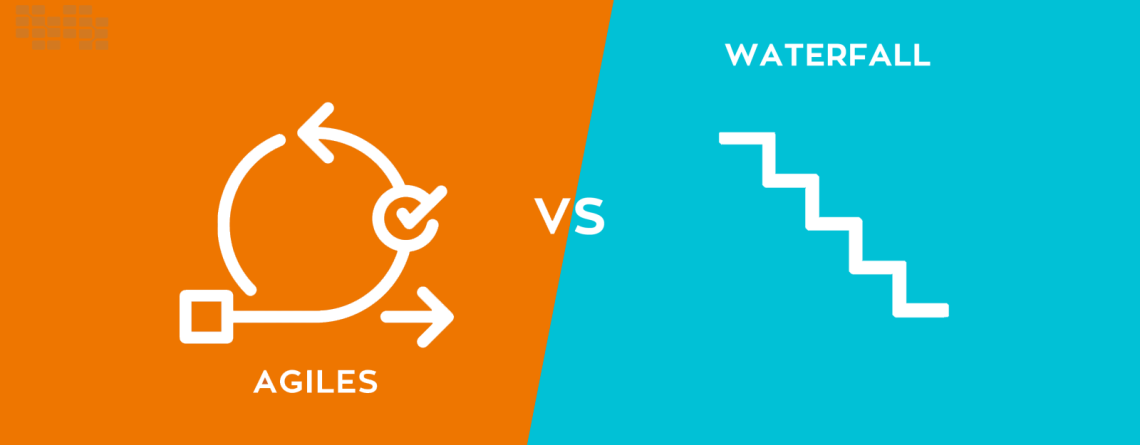
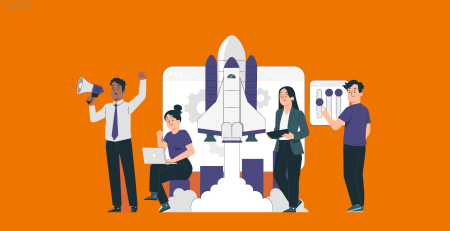
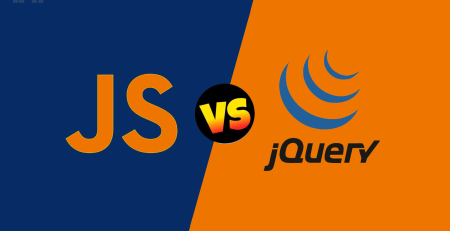
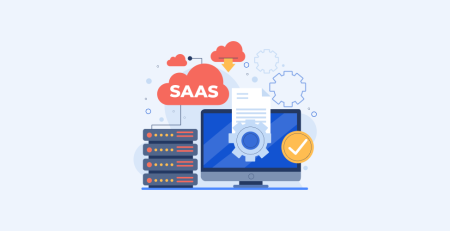
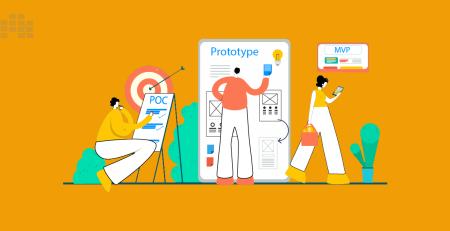
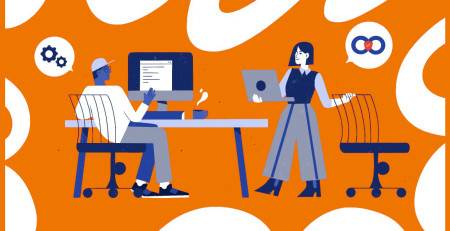
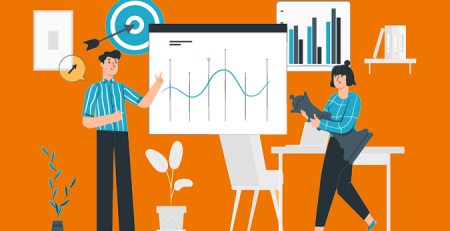

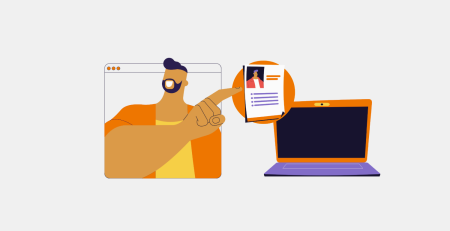
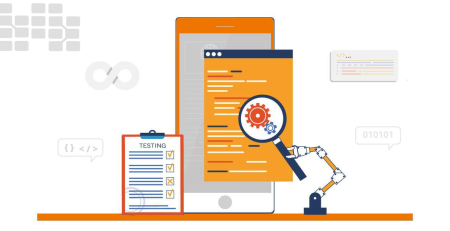
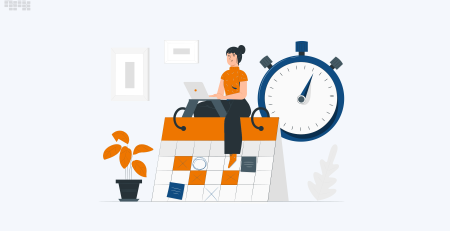
Leave a Reply